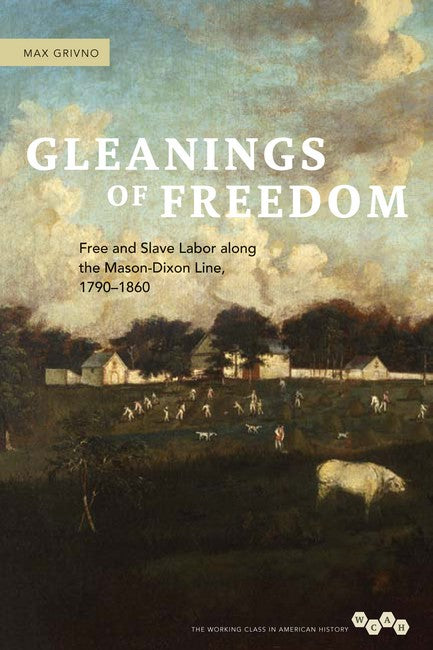Late eighteenth- and early nineteenth-century landowners in the hinterlands of Baltimore, Maryland, cobbled together workforces from a diverse labor population of black and white apprentices, indentured servants, slaves, and hired workers. This book examines the intertwined lives of the poor whites, slaves, and free blacks who lived and worked in this wheat-producing region along the Mason-Dixon Line. Drawing from court records, the diaries, letters, and ledgers of farmers and small planters, and other archival sources, Max Grivno reconstructs how these poorest of southerners eked out their livings and struggled to maintain their families and their freedom in the often unforgiving rural economy.''Grivno's significant study speaks to a number of themes in the recent historiography of slavery and labor: the similarities and differences between slavery and freedom, the important role of the interstate slave trade, and the importance of family and household as a key to workers' means of survival and employers' influence over them. A powerful analysis of these key topics that will shape debate in the field for some time.''--Christopher Clark, author of Social Change in America: From the Revolution through the Civil War

